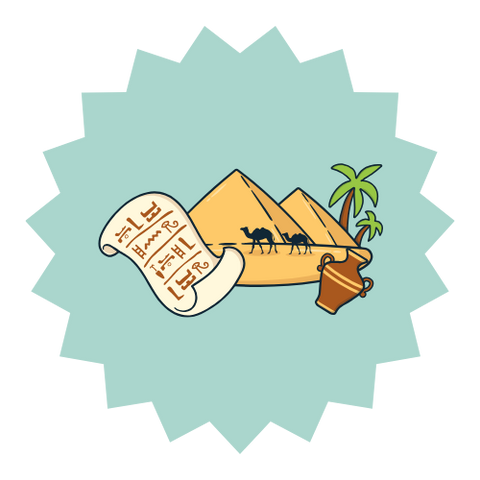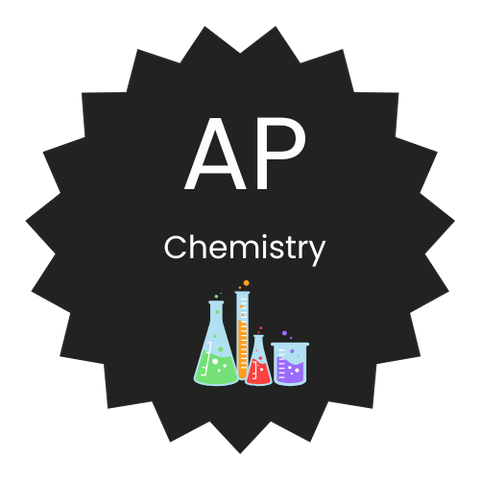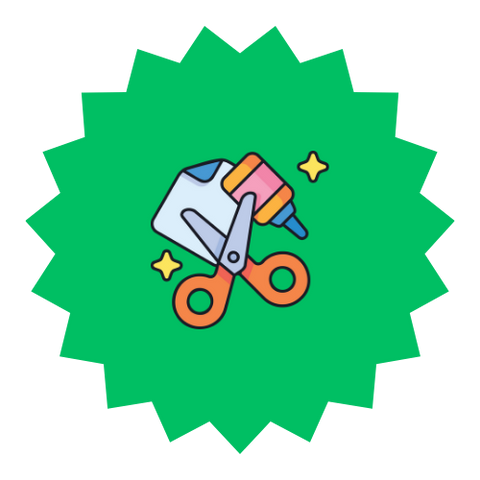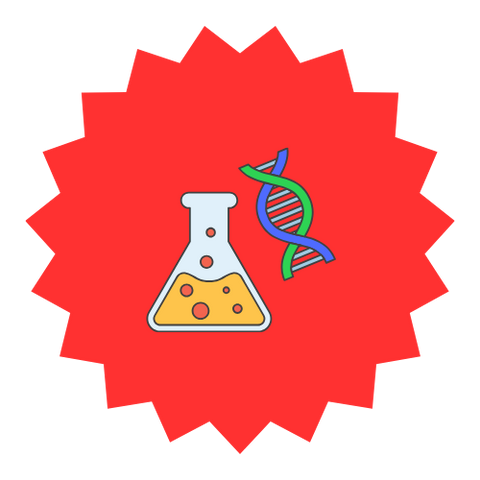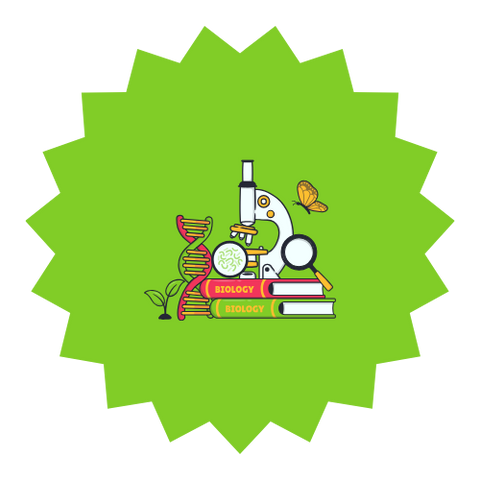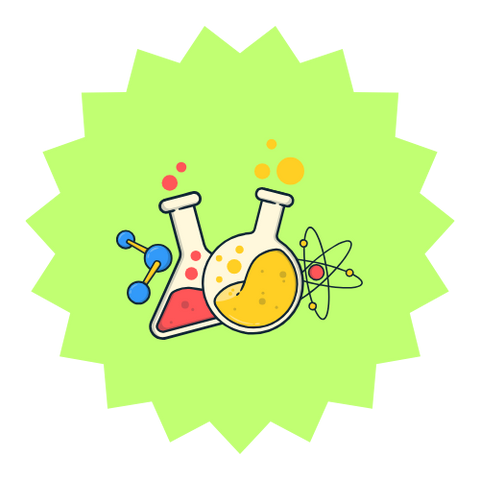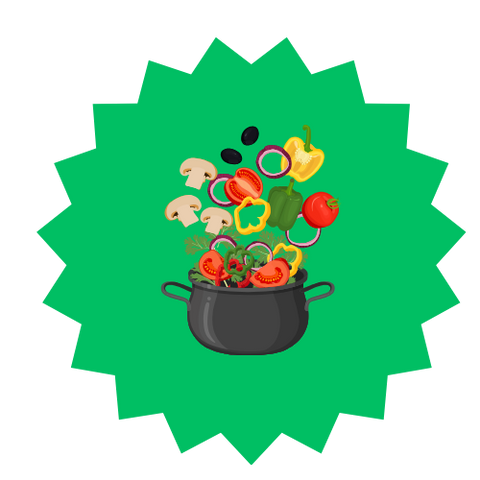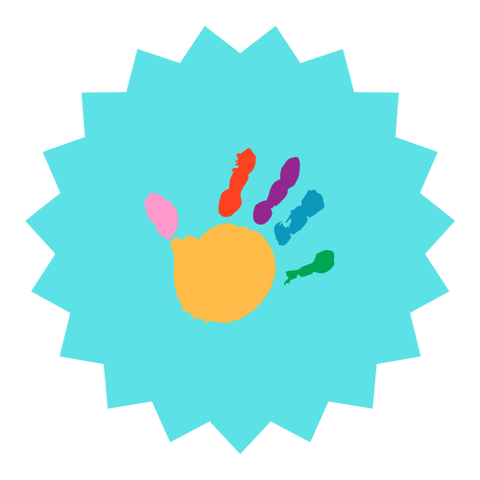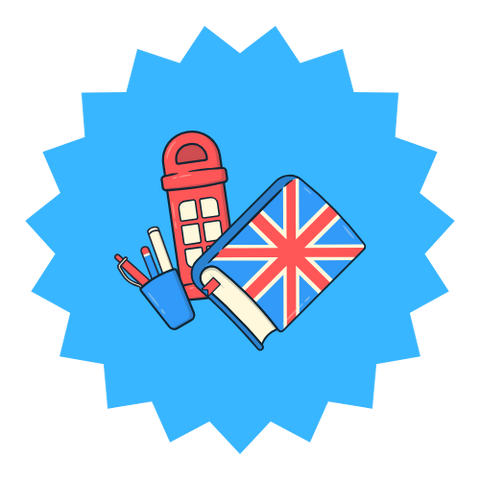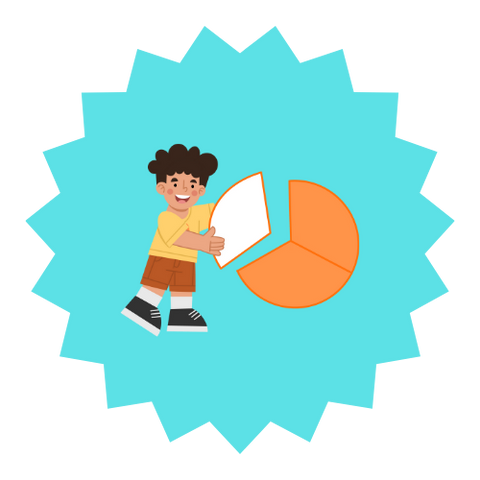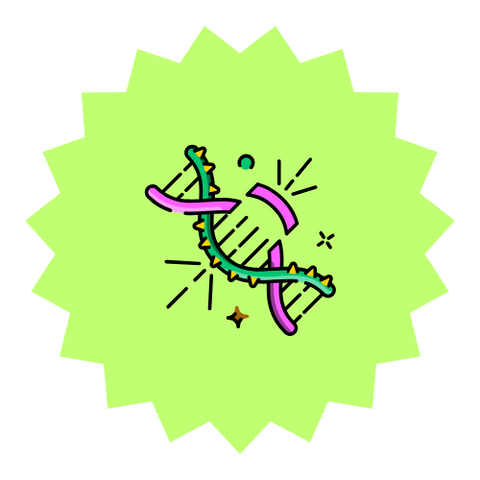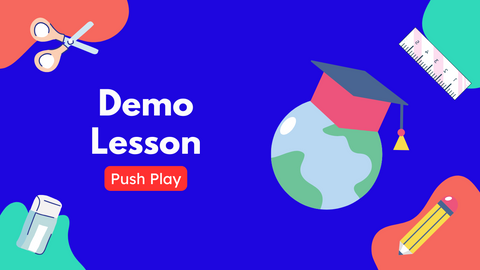Ella Ayer
Ella Ayer is a patient and adaptable tutor with deep experience supporting diverse learners. She holds a BS in Interdisciplinary Health Science and Religion, and is certified as a C and EMT. Growing up as the eldest of ten children—including siblings with cerebral palsy, ADHD, and dyslexia—she developed exceptional insight into how different minds learn best. Ella emphasizes empathy, structure, and flexibility, breaking lessons into short, interactive segments and using movement, visuals, and choice to maintain engagement. She creates safe, supportive learning spaces where each child feels valued and capable. Outside of teaching, she loves animals, photography, dance, and travel, and hopes to bring compassionate education to underserved communities worldwide.
Monday 6am-3pm Eastern Standard Time
Tuesday 6am-3pm Eastern Standard Time
Wednesday 6am-3pm Eastern Standard Time
Thursday 6am-3pm Eastern Standard Time
Friday 6am-3pm Eastern Standard Time
Saturday & Sunday : No availability
My approach to teaching is mainly individualized and tailored to each student’s needs. I try to use hands-on learning when possible, encourage curiosity, set the pace around the child, and use positive reinforcement. I often ask guiding questions that help students come to their own solutions or discoveries. I believe education should be shaped around the student, not the other way around. In my tutoring, I make sure to create lessons that fit each child’s mind and learning style, while keeping different techniques ready to use as needed.
• Bachelor of Science, Interdisciplinary Studies of Health Science & Religion. Cedarville University (began) → Liberty University (graduated)
• Certified Nursing Assistant (C)
• Emergency Medical Technician (EMT)
I grew up tutoring and helping my siblings with homework. With so many kids in my family, it was expected that the older ones helped the younger ones with their studies. Over time, this gave me a wide range of experience with different learning needs.
One of my younger sisters has cerebral palsy and some learning disabilities related to that. While her IQ is perfectly normal for her age, she is about three grades behind in math and science. Helping her requires patience, repetition, and plenty of encouragement, since she can easily feel overwhelmed or discouraged. I often explain concepts in multiple different ways, using examples and repetition until they click.
My younger brother, who has ADHD, learns very differently. He is extremely distractible and often needs continual direction and external motivation. Working with him has taught me how important it is to adapt tutoring methods to fit a child’s individual needs and to stay creative in finding ways to keep them engaged.
Beyond my family, I also grew up in community schools and co-ops throughout my childhood and high school years. My mom, an elementary and special education teacher, founded and ran a large co-op when I was in high school. As one of the oldest students, I frequently led classes for a variety of age groups in both classical education and homeschooling groups.
These experiences have given me an appreciation for the diversity of learning styles and the importance of patience and adaptability in helping children succeed.

My mission
I am currently in my gap year between university and medical school. Growing up, I had the opportunity to live in and visit many countries with far less developed educational systems than the U.S., and those experiences deeply shaped my perspective. My long-term goal is to work with medical education systems in underdeveloped countries. Education is invaluable to me—it has profoundly shaped my passions and aspirations. In this season of life, tutoring gives me the opportunity to share my love of learning while putting to use the education I have been fortunate to receive. I am inspired to tutor out of a genuine love for children and a deep desire to make education accessible to anyone and everyone. It is both a joy and a privilege to contribute to a child’s growth and development. My mission as a tutor is to create a positive, engaging, and supportive environment where each child feels valued and empowered to succeed.
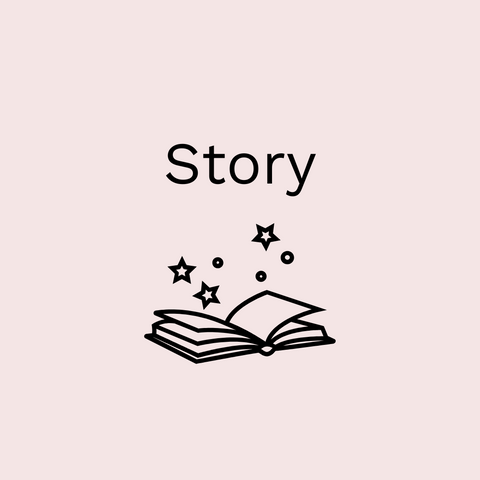
My Story
Cognitive Diversity
How I adapt to students with diverse intellectual needs.Coming from a large family, I’ve seen firsthand the broad range of learning styles and needs when it comes to education. For example, my brother has severe ADHD and, based on medical testing, is significantly limited to auditory learning. When helping him with homework, I’ve often had to adapt by personalizing questions, framing problems metaphorically, or using tangible objects like toys or snacks to make concepts click.
This experience has shaped my approach to tutoring. I meet every child with patience, empathy, and a genuine commitment to their growth. I recognize that educational needs are not standardized, so I remain flexible and adjust my methods as I learn what works best for each student.
When preparing lessons, I make sure to have multiple ways of explaining and presenting material. If I know a child’s preferred learning style, I intentionally build lessons around it. If not, I try different approaches until I find one that fosters clarity and confidence. I am quick to shift strategies if something causes frustration or discouragement.
Above all, I strive to create a positive and encouraging environment while holding high, but realistic, expectations. My goal is to help children feel both supported and challenged in a way that empowers them to thrive.
I have worked extensively with my younger brother, who has severe ADHD, and this experience has taught me a great deal about keeping children engaged, both in-person and online. I quickly learned that making lessons fun and interactive is essential to maintaining focus. I structure instruction in short, manageable segments, often followed by visual or tactile explanations and immediate practice to reinforce learning.
Active participation is a priority. I frequently involve him in lessons by asking him to rephrase or summarize what he has learned, ensuring he is processing the material rather than passively listening. I also include short breaks and opportunities for movement, which help him release energy and return to tasks more focused. Games and competitions are another strategy I use to maintain attention and motivation.
I have found that using multiple forms of input, auditory, visual, and tactile, greatly enhances understanding and retention, particularly for children with ADHD. Providing students with independence and meaningful choices in how they approach a task also helps them feel invested in their learning. On an online platform, I would use these strategies to keep children engaged, motivated, and actively participating throughout the lesson.
One of my younger sisters has dyslexia, as does my father. My sister often takes a little longer to read, especially aloud, and she becomes frustrated quickly if she struggles to perform well. Her experience has shown me just how much dyslexia can impact learning across all subjects. While she is fully capable of keeping up with her schooling, certain tasks take her longer than they do for others. My father’s experience was even more challenging—he is now an extremely successful physician and teacher, yet he was not able to read until fourth grade due to dyslexia and ADHD, despite his mother being a middle school teacher and reading specialist. Witnessing both of their journeys has given me a deep appreciation for patience and the importance of individualized approaches to learning.
My younger sister, who has cerebral palsy, faces many sensory processing challenges. Over the past ten years, I have worked with her on a variety of subjects. Her intelligence, combined with her heightened sensitivity, can make learning especially difficult, as she is very aware of herself and her struggles to grasp new concepts. I have learned to be extremely patient and to let her decide when she is ready to move forward, slow down, or take a break. I have also come to understand the importance of consistency in her education and of minimizing external stimulation to help her focus on understanding a concept.
My younger sister, who has cerebral palsy, faces many sensory processing challenges. Over the past ten years, I have worked with her on a variety of subjects. Her intelligence, combined with her heightened sensitivity, can make learning especially difficult, as she is very aware of herself and her struggles to grasp new concepts. I have learned to be extremely patient and to let her decide when she is ready to move forward, slow down, or take a break. I have also come to understand the importance of consistency in her education and of minimizing external stimulation to help her focus on understanding a concept.



